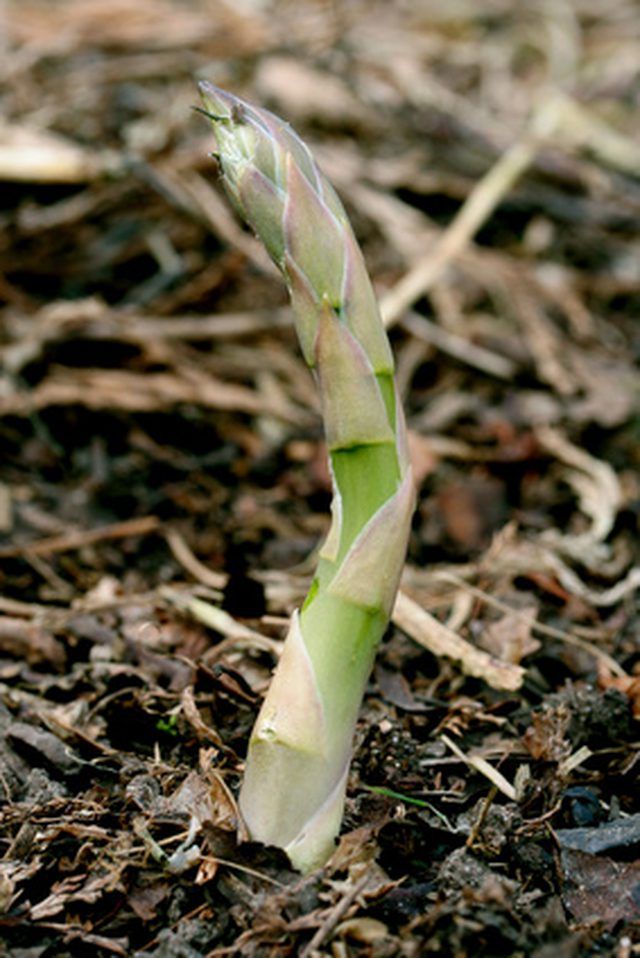Bulbs
Flower Basics
Flower Beds & Specialty Gardens
Flower Garden
Garden Furniture
Garden Gnomes
Garden Seeds
Garden Sheds
Garden Statues
Garden Tools & Supplies
Gardening Basics
Green & Organic
Groundcovers & Vines
Growing Annuals
Growing Basil
Growing Beans
Growing Berries
Growing Blueberries
Growing Cactus
Growing Corn
Growing Cotton
Growing Edibles
Growing Flowers
Growing Garlic
Growing Grapes
Growing Grass
Growing Herbs
Growing Jasmine
Growing Mint
Growing Mushrooms
Orchids
Growing Peanuts
Growing Perennials
Growing Plants
Growing Rosemary
Growing Roses
Growing Strawberries
Growing Sunflowers
Growing Thyme
Growing Tomatoes
Growing Tulips
Growing Vegetables
Herb Basics
Herb Garden
Indoor Growing
Landscaping Basics
Landscaping Patios
Landscaping Plants
Landscaping Shrubs
Landscaping Trees
Landscaping Walks & Pathways
Lawn Basics
Lawn Maintenance
Lawn Mowers
Lawn Ornaments
Lawn Planting
Lawn Tools
Outdoor Growing
Overall Landscape Planning
Pests, Weeds & Problems
Plant Basics
Rock Garden
Rose Garden
Shrubs
Soil
Specialty Gardens
Trees
Vegetable Garden
Yard Maintenance
How to Plant Asparagus Roots in Michigan
How to Plant Asparagus Roots in Michigan. Asparagus is a highly nutritious vegetable, providing great amounts of vitamins B, A, and C, as well as iron–and once you’ve tasted it fresh from the garden, you may never be able to eat store-bought asparagus again. Michigan is an excellent place to grow the vegetable. In fact, asparagus grows...

Asparagus is a highly nutritious vegetable, providing great amounts of vitamins B, A, and C, as well as iron–and once you’ve tasted it fresh from the garden, you may never be able to eat store-bought asparagus again. Michigan is an excellent place to grow the vegetable. In fact, asparagus grows so well in the state, Oceana County, Michigan, calls itself the Asparagus Capital of the United States.
Things You'll Need
Asparagus roots
Tiller or shovel
Compost or 0-20-0 fertilizer
Select asparagus roots–preferably an all-male variety, which are more prolific–from a quality local nursery. Some popular all-male asparagus varieties include Jersey Knight, Jersey Giants and Roberts Improved. Buy 1-year-old asparagus roots.
Study your garden to find an area that receives full sun (at least six hours a day) and well-draining soil. Asparagus is a perennial, coming back and growing more vigorous each year, so be sure the location can be permanent. Ideal soil for asparagus is a bit sandy. Asparagus will rot in clay soil. Ten asparagus roots require about 10 square feet of garden, and should easily feed four people once the vegetable is well established.
Till the area where you’ll plant the asparagus roots, either with a rototiller or by hand, once nighttime temperatures reach about 50 degrees F. If desired, add a little well-aged manure to the soil.
Dig a furrow about six inches deep, using a shovel or spade. Lay quality compost or 0-20-0 fertilizer at the bottom of the furrow.
Set the roots in the furrow, about 1? feet apart. There’s no need to spread the roots out.
Dig additional furrows of the same size, about 5 feet apart, for larger asparagus beds. Prepare with fertilizer or compost, and lay in additional roots.
Fill in the furrows with soil, up to the level of the surrounding earth. Do not compact the soil.
Water lightly. Spears should begin emerging within about a week.
Tips & Warnings
Don’t harvest any asparagus the first year. Allow the plant to develop woody spears, which will feed the plant further and help it become stronger. Don’t cut down the fern growth, either. An all-male variety will stay green until the first frost, after which it will keep the soil around the roots warmer. In spring, cut or mow down the brown fern growth.
Asparagus usually doesn’t require irrigation, but if the area is experiencing unusual heat or dryness, water lightly.